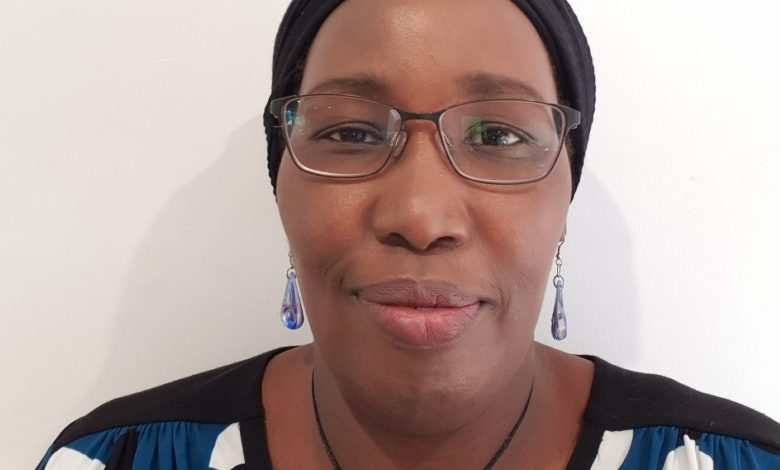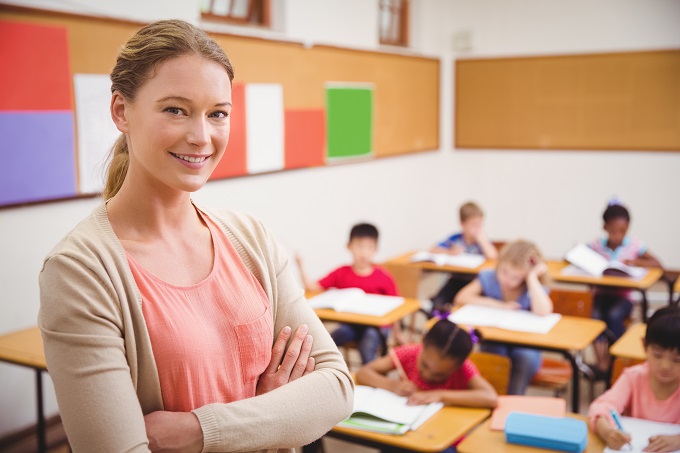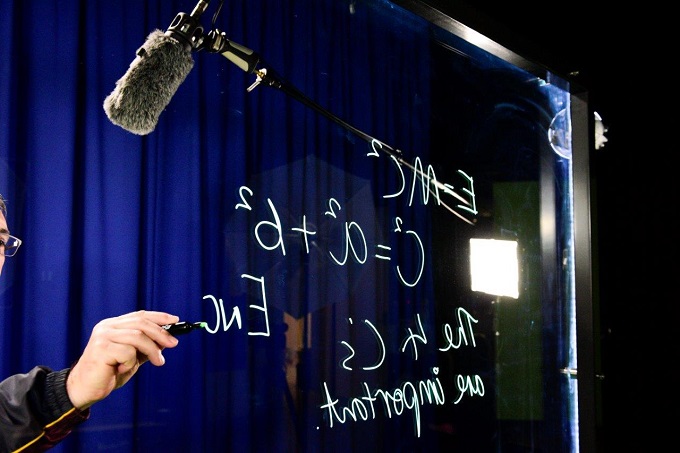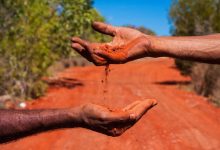
Chemutai Glasheen was born in Kenya but moved to Australia about twenty-five years ago. Now a teacher and sessional academic at Curtin University in Perth, she admits she always wanted to be an author, a dream that she traces back to a book handed to her by her teacher.
“I was about nine years old when my year five teacher put a copy of Enid Blyton’s Famous Five in my hand. My English was only developing then but somehow, I really got into that book. I delved into the entire series, immersing myself in the adventures and the descriptions of food that seemed so unfamiliar yet intriguing. I trace my love for reading to that year. I think that is when the dream of becoming an author took root. Even now, I have the entire series sitting on my bookshelf to remind me of where it all began.”
Using fiction to share complex ideas
I Am The Mau and Other Stories is a collection of eleven short stories, each one with a teenage protagonist and each informed by the experience of being a young person in Kenya. There are few comparable titles published Australia in which young Africans living in Australia can see themselves.
“I am the Mau and Other Stories goes beyond being just the story of my own life,” explains Dr Glasheen. “It encompasses the lives of many Kenyans in various stages and unique circumstances. Instead of a memoir, which would limit the perspectives on social justice, I chose fiction. This gave me the freedom to delve into different viewpoints without being restricted by strict factual accuracy. While the stories are fictionalised, I drew inspiration from settings I was familiar with or people I knew in similar situations”
“These stories touch on deeply cultural issues, and through fiction, I aimed to explore the tension between the right to practice one’s culture and individual rights or property ownership. By writing fiction, I could focus on capturing the essence of this tension rather than solely adhering to factual accuracy. Overall, I strived to create themes that were universal and went beyond my own individual experiences to which a memoir would have limited me.” Chemutai Glasheen
Storytelling to students from a personal place
Post-election violence in Kenya, sadly, is not a new thing, with over a thousand deaths in the events following the 2007/8 elections and again more recently in 2017 with deaths, injuries, protests and loss of property being reported. Dr Glasheen was compelled to write a story about the experiences of her family, and from this, she realised the power of using fiction to talk about challenging topics.
“Violence I had only ever seen on TV, was now a horrifying reality on our doorstep. What made it worse was seeing how young people were being used in a fight that was not really theirs. I wanted to do something about it, and what was at my disposal was the opportunity I had working with young people as a classroom teacher and my passion for human rights. I began to wonder if I could use fiction to raise awareness about human rights. And so I wrote my first short story. After I wrote that first story, I realised that I was not finished. I wanted to do more, I wanted to tell many more stories. And so began the journey of I am the Mau and Other Stories.”
Because there were so many stories to tell, Dr Glasheen chose the structure of short stories over memoir or novel, as it allowed her to step into the shoes of multiple characters, while utilising the full arsenal of tools at the disposal of fiction writers to delve into what could have been a difficult and dry topic.
“When I wrote this, I set out to explore a range of human rights issues, and short stories allowed me to do that. Short stories present a moment or a scenario that allows the reader to develop their own thinking about the situations. I could explore social, economic, political and cultural issues as well as offer a commentary on a community response to terrorism. I also enjoyed the challenge of writing with brevity and meaningfully. I hope this means that readers will find something for everyone.”
It’s because of this that I am the Mau and Other Stories can be a great resource in addressing curriculum outcomes in both English and HASS, with readers able to learn about the diversity within Kenyan and African cultures.
“Being a teacher has enhanced my writing skills. I feel like I know my audience better. I imagined how I would like my stories used and the kinds of conversations that could be generated. I have also worked with a diverse group of students which has prompted me to consider multiple perspectives when creating the stories.” Chemutai Glasheen
Explaining Human Rights in Fiction
I am the Mau and Other Stories was written in the context of a PhD thesis; years of research looking into the best way to share complex and challenging ideas with young people, leading to the snappy and diverse yet accessible short-story structure being used for the book.
“Fiction simplifies complex ideas so everyone can understand them. It lays out scenarios where human rights can be interrogated, making them accessible and thought-provoking for readers. The reader is not passive but plays a significant role in making sense of what they read. This encourages critical thinking and the questioning of societal norms.”
“Fiction has a way of making us care about human rights. It transports us into the worlds of others who may be far from us both geographically and experientially. It allows us, even if it’s just for a moment, to step into the lives of others who may be vastly different from us.” Chemutai Glasheen
And while I am the Mau and Other Stories might focus on the East African experience, the themes the book explores are highly relevant to the Australian experience: “We have similar conflicts in Australia where the interests of mining, tourism or infrastructure development can be in conflict with Indigenous communities for whom the land is sacred and essential to their cultural identity. This is a universal issue and happens globally,” explains Dr Glasheen.
Schools can use books like I Am the Mau and Other Stories to encourage dialogue on racial issues as well as normalising difference. “There is already a lot that is being done with anti-bias education. [Be mindful of] the literature we surround our children with [and] keep building on it, as this is a long-term strategy,” says Dr Glasheen.
I Am the Mau and Other Stories by Chemutai Glasheen is available here from Fremantle Press.
Find the teaching notes here.







